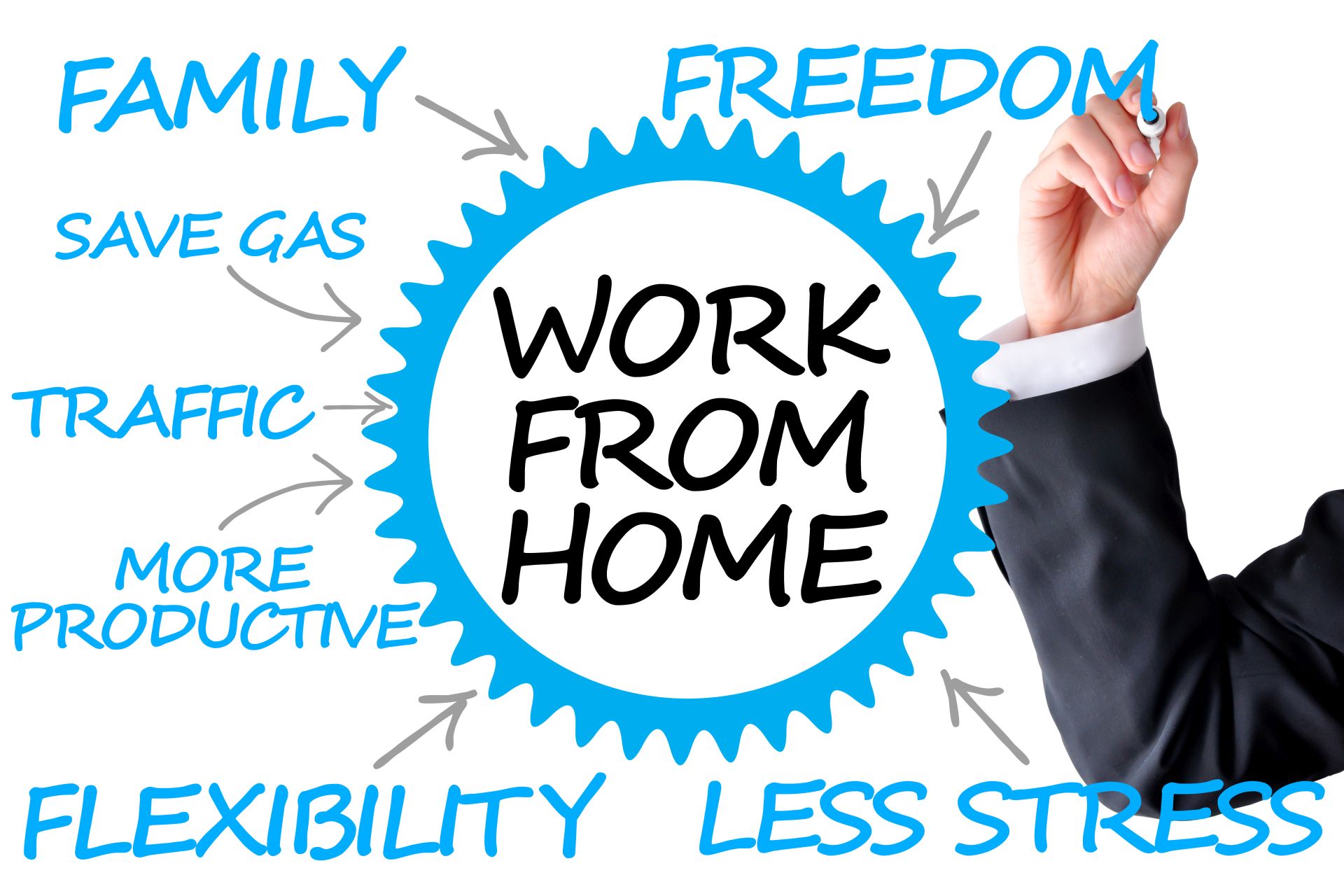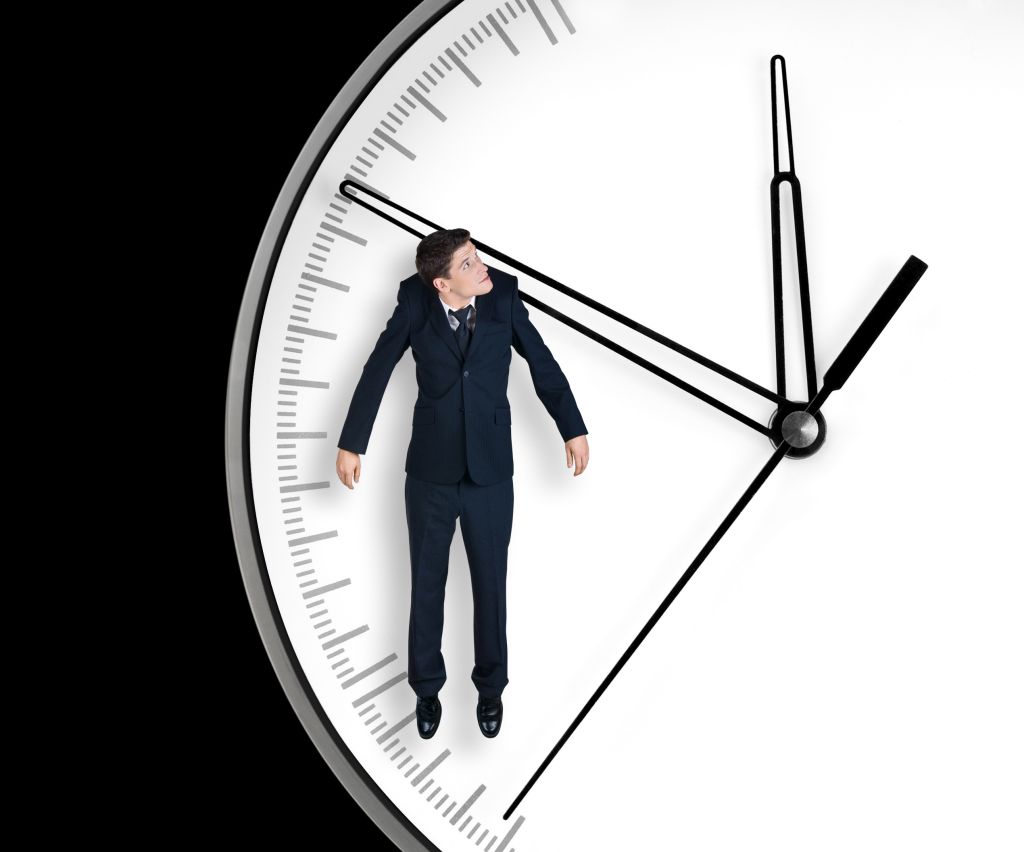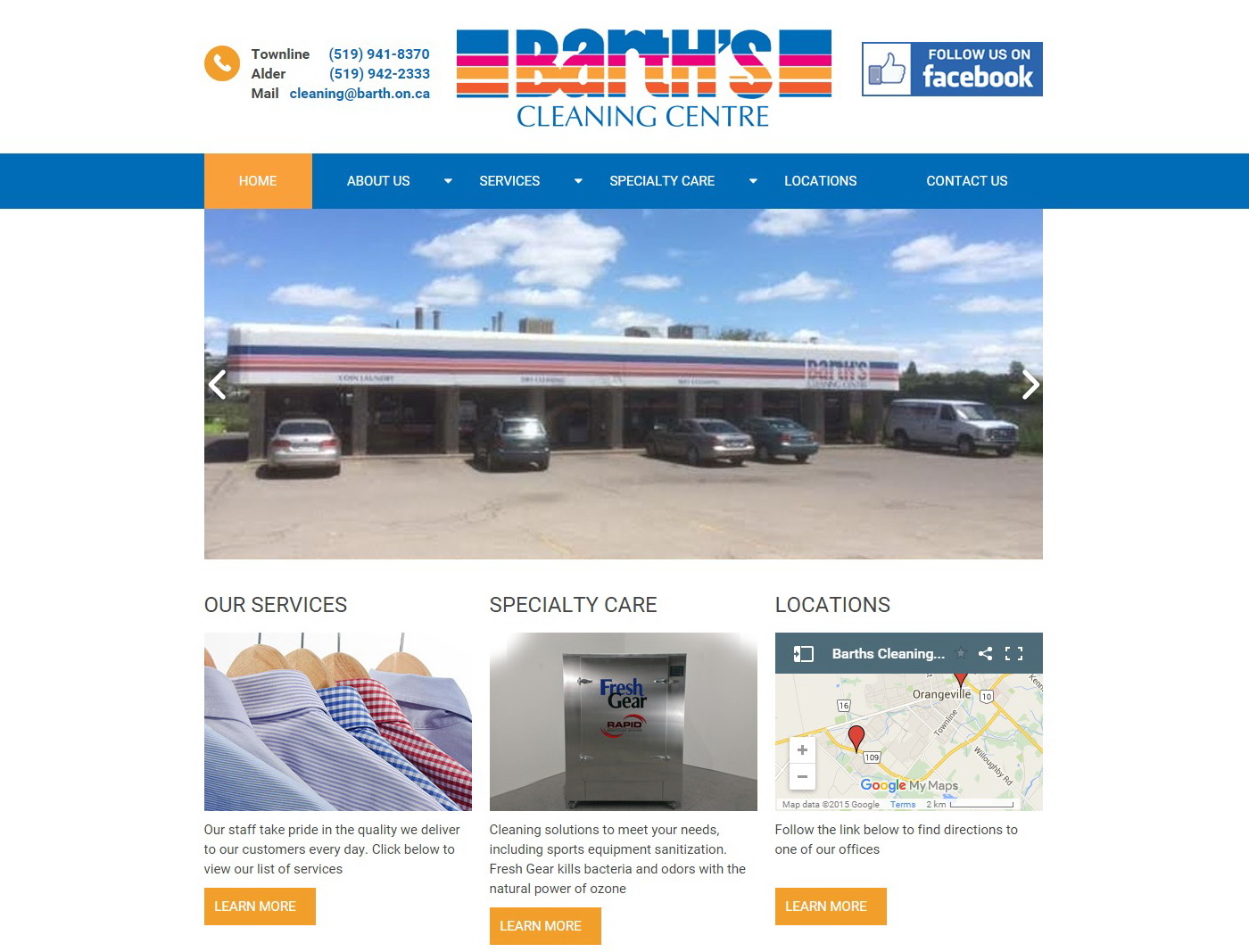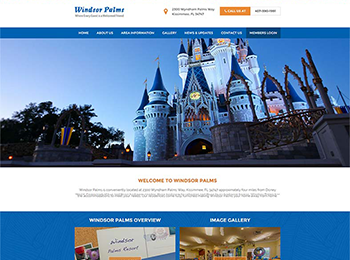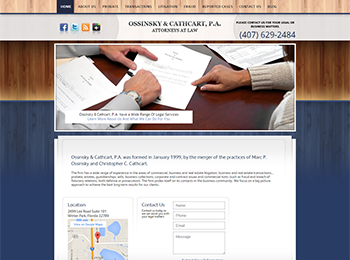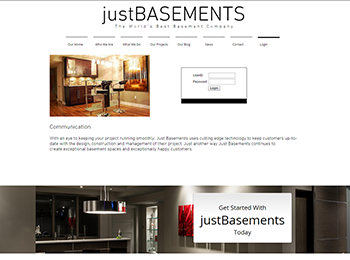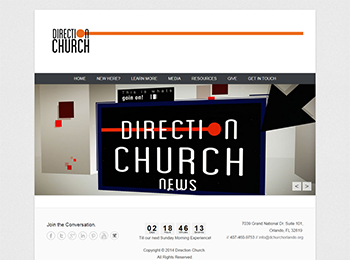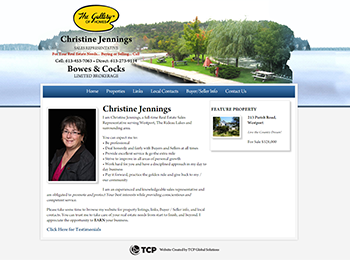3 Methods for Measuring Customer Satisfaction that Actually Work

Have you heard that it costs five times as much to attract a new customer than to keep an existing one? Do you know that with every lost client relationship you are throwing away as much as $289 (the cost of acquiring a new customer)? Are you the one who is always chasing new customers and thus paying redundant customer acquisition costs? Well, you’ll need to stop that right now!
Running a successful business is not an easy task, therefore if you want to increase your profits and minimize your loses, you should consider measuring your customer satisfaction as opposed to solely keeping track of income statements and balance sheets.
Surely you have heard the “A customers is always right” rule, but in reality that doesn’t always translate to happy clients. In fact according to a survey that Genesys Global did, bad customer service costs companies as much as $338.5 billion annually in lost business.
The current situation in today’s marketplace is that, not only have the online digital presence and the ever growing competition created vocal customers who aren’t expecting anything less than top notch services, but they are also not willing to withhold their opinions, good or bad.
The first rule of every customer retention strategy is to build a loyal relationship with your clients. So if you want to reduce customer churn you will have to have a long term plan. However, here it is important to note that not every profit increase means that your customers are satisfied. A company’s revenue can have an upward trend due to many factors, few of them being a successful marketing campaign and increased productivity.
That means that you can’t rely on revenue as the sole parameter for measuring customer success, but you will need to include other metrics as well. They are all listed below with short explanations about what you need to ask your clients and yourself to create positive results in the end.
The simplest and the most obvious way to find out if a client is happy is to simply ask for feedback. Then after you gather all the results use them to calculate customer’s satisfaction. There are several techniques and methods about how you can do this.
Net Promoter Score (NPS)
The most renowned and the most used technique of them all is the NPS Survey which basically tells you whether or not your clients will recommend you to their acquaintances, families and friends. The measuring scale for the Net Promoter Score goes from 1 to 10, with 10 being “extremely likely that they will recommend your company to others” and then 1 means “very unlikely that they will recommend you to anybody else”.
People who rate you with a 9 or a 10 are promoters. The others who gave ratings around 7 or 8 are passives and then all the rest are detractors. The formula is simple just deduct the % of promoters from the % of the detractors. If your score is negative, then this means that your customers are dissatisfied. The worst score you can get is -100 but if your overall score is positive and even better higher than 50+, great—keep up the good work.
Net Promoter Score (NPS) = Percent Promoters – Percent Detractors
Customer satisfaction score (CSAT)
Customer Satisfaction Score can be measured by adding a simple question at the end of your survey in which you should ask your clients to rate their overall experience with your company.
Respondents can then pick one of the 5 available options, where 5 is extremely satisfied and 1 is very unsatisfied. Finally, all results need to be averaged in a simple formula that will be expressed on a percentage scale where a score of 100 means that your customers are completely satisfied with your company. The formula is:
% of satisfied customers = # of satisfied customers / # of satisfaction survey responses
Here it is important to note that only 4 and 5 are considered as satisfied clients while 3 and less shouldn’t be plugged into the formula. Experts say that a score of 3 is a sign that your business is mediocre and it is a strong indication that you should follow-up with the customer to see if things can improve.
Customer effort score (CES)
The customer effort score takes a slightly different approach to measuring customer satisfaction. This method doesn’t focus on the clients’ satisfaction from a certain product or a service or your company in general, but instead it tries to capture the essence of solving customers’ problems that might arise at some point and measuring how your company will handle these requests.
The customer effort scale for measuring customer satisfaction goes from 1 to 5 with 5 being “very satisfied about how you managed to solve my problem” and with 1 being “extremely disappointed with your services”. To measure the CES, you just have to calculate the average of all the scores.
In order to track every feedback from a problem solved chronologically, you should match it up with the transaction it is referring to.
At the end of the reporting period, you will be able to identify the high-effort events and work on solving them.
Remember that in every survey that you do, it’s always a good practice to follow up with an open-ended question such as ‘How can we improve in the future’?
To conclude, in today’s marketplace, where the competition is so abundant, it has become mandatory to improve your service satisfaction standards. You can achieve this simply by having a clear understanding as to where it is that your company currently stands. Thus, by measuring the customer satisfaction metrics, you’ll get an overview of your current position and then you can compare it with the industry benchmarks.
So take your time and calculate these numbers and then work on it by making planned moves to improve each metric together with the overall satisfaction standards of your company.





